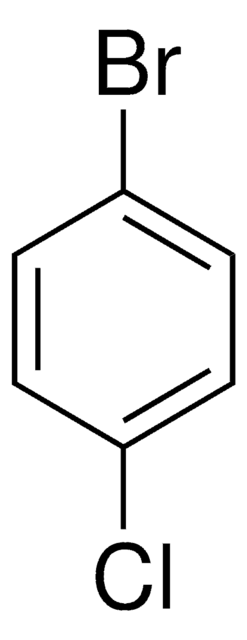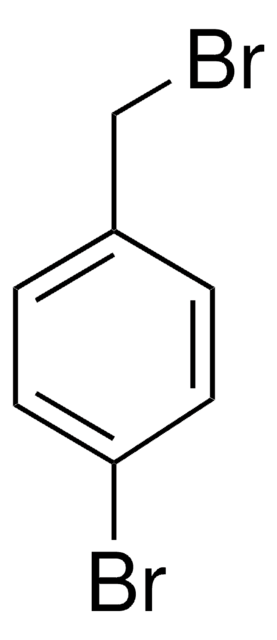B82200
4-Bromotoluene
98%
Synonyme(s) :
1-Methyl-4-bromobenzene, 4-Bromo-1-methylbenzene, 4-Methyl-1-bromobenzene, 4-Methylbromobenzene, 4-Tolyl bromide, p-Bromo(methyl)benzene, p-Methylbromobenzene, p-Tolyl bromide
About This Item
Produits recommandés
Niveau de qualité
Essai
98%
Forme
solid
pb
184 °C (lit.)
Pf
26-29 °C (lit.)
Densité
1.39 g/mL at 25 °C (lit.)
Chaîne SMILES
Cc1ccc(Br)cc1
InChI
1S/C7H7Br/c1-6-2-4-7(8)5-3-6/h2-5H,1H3
Clé InChI
ZBTMRBYMKUEVEU-UHFFFAOYSA-N
Vous recherchez des produits similaires ? Visite Guide de comparaison des produits
Catégories apparentées
Description générale
Application
Mention d'avertissement
Warning
Mentions de danger
Conseils de prudence
Classification des risques
Acute Tox. 4 Inhalation - Aquatic Chronic 2
Code de la classe de stockage
11 - Combustible Solids
Classe de danger pour l'eau (WGK)
WGK 3
Point d'éclair (°F)
Not applicable
Point d'éclair (°C)
Not applicable
Équipement de protection individuelle
dust mask type N95 (US), Eyeshields, Gloves
Faites votre choix parmi les versions les plus récentes :
Déjà en possession de ce produit ?
Retrouvez la documentation relative aux produits que vous avez récemment achetés dans la Bibliothèque de documents.
Les clients ont également consulté
Articles
The Heck reaction is the palladium catalyzed cross-coupling reaction between alkenes and aryl or vinyl halides (or triflates) to afford substituted alkenes.
Notre équipe de scientifiques dispose d'une expérience dans tous les secteurs de la recherche, notamment en sciences de la vie, science des matériaux, synthèse chimique, chromatographie, analyse et dans de nombreux autres domaines..
Contacter notre Service technique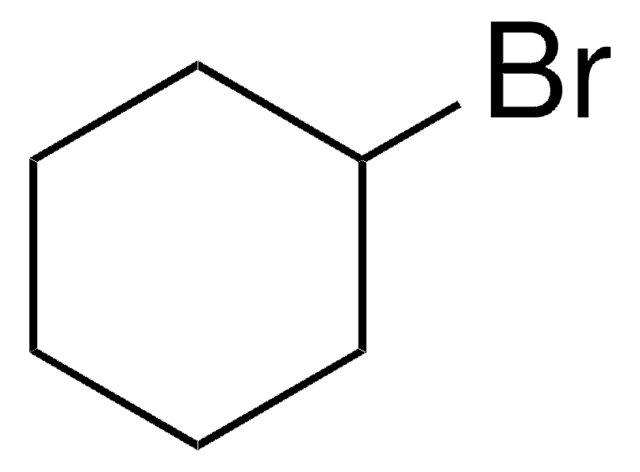
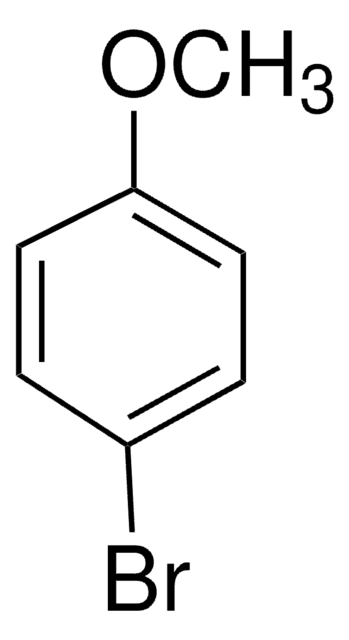
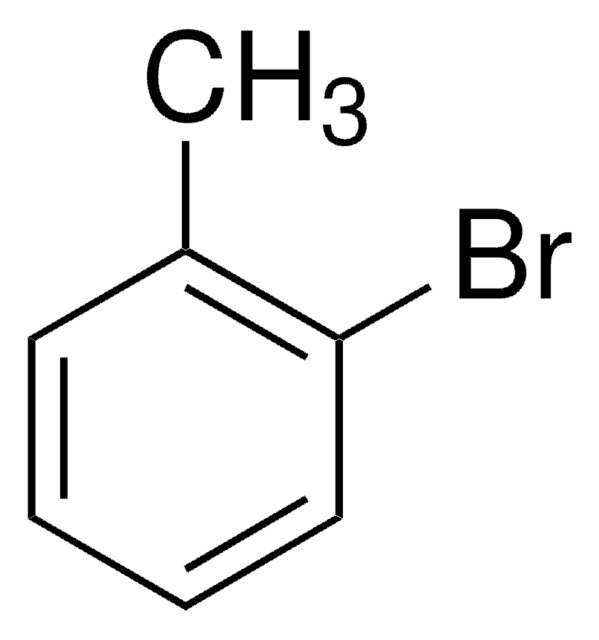
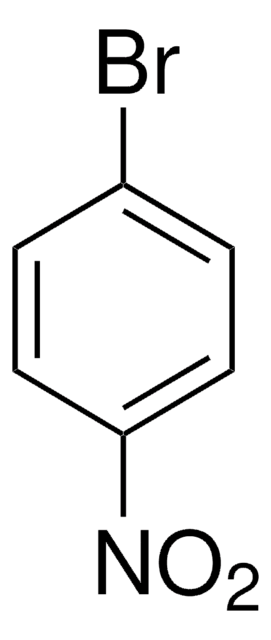
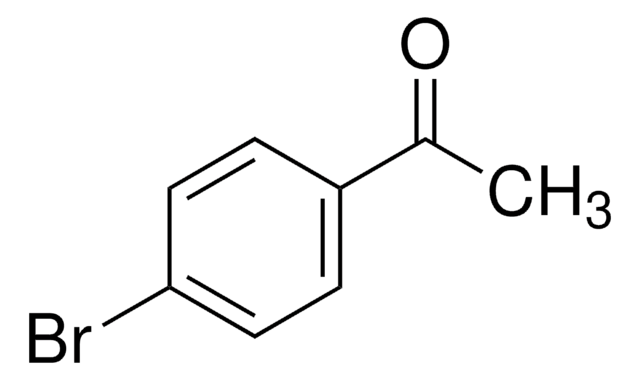
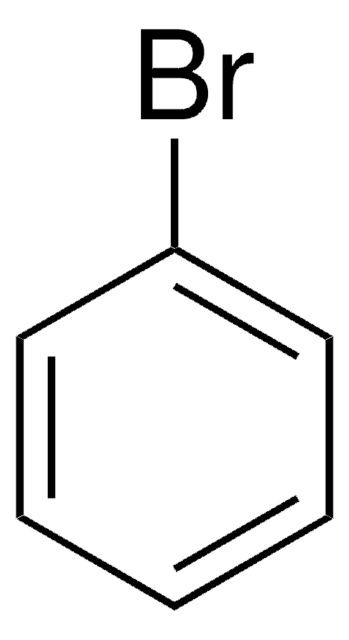
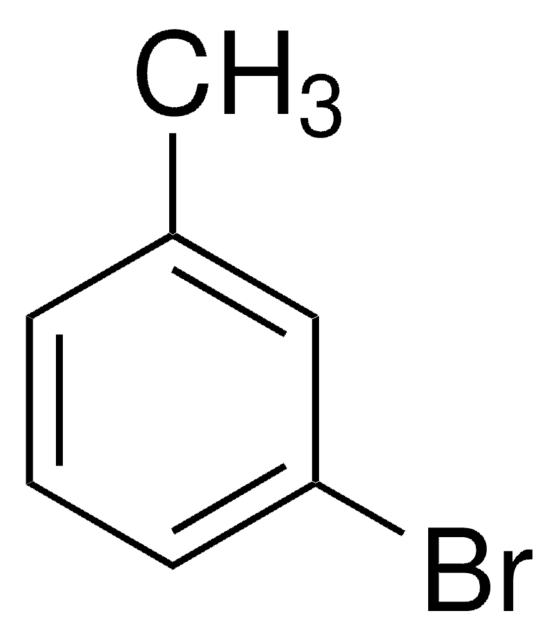
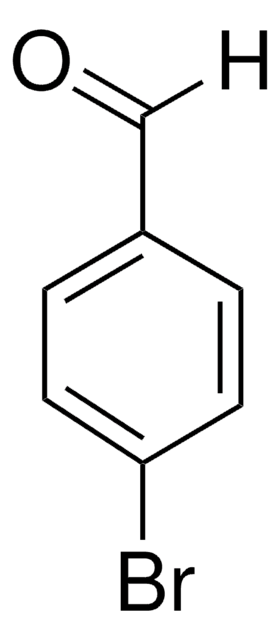
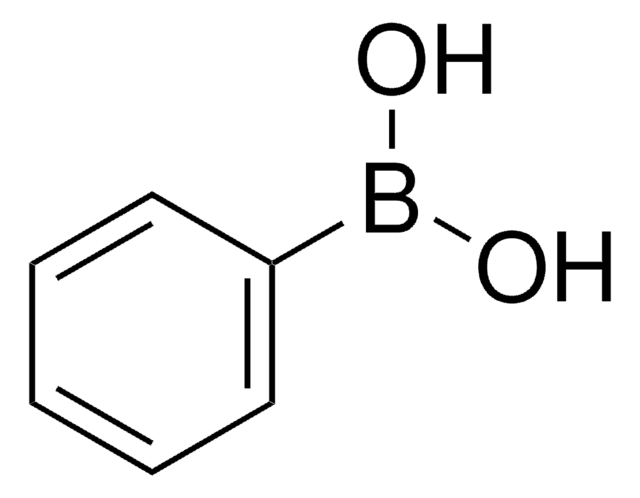


![3-Bromo[1,1′-biphenyl]-4-ol AldrichCPR](/deepweb/assets/sigmaaldrich/product/structures/389/587/295f976f-c08c-41b9-94c0-64bfbe2cb6c1/640/295f976f-c08c-41b9-94c0-64bfbe2cb6c1.png)
